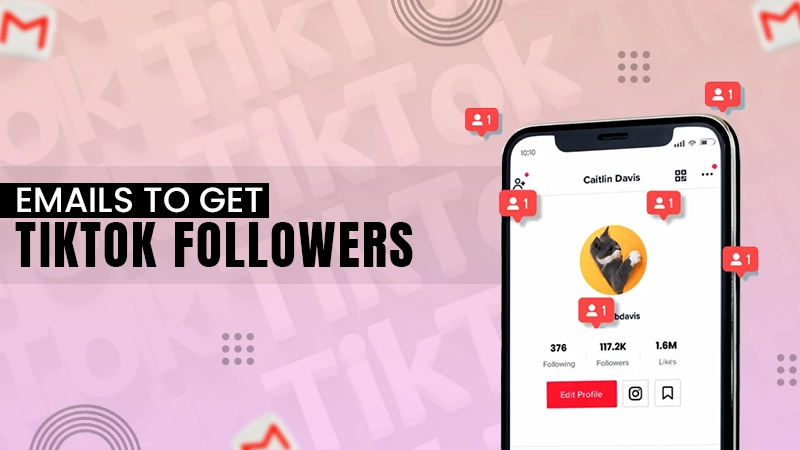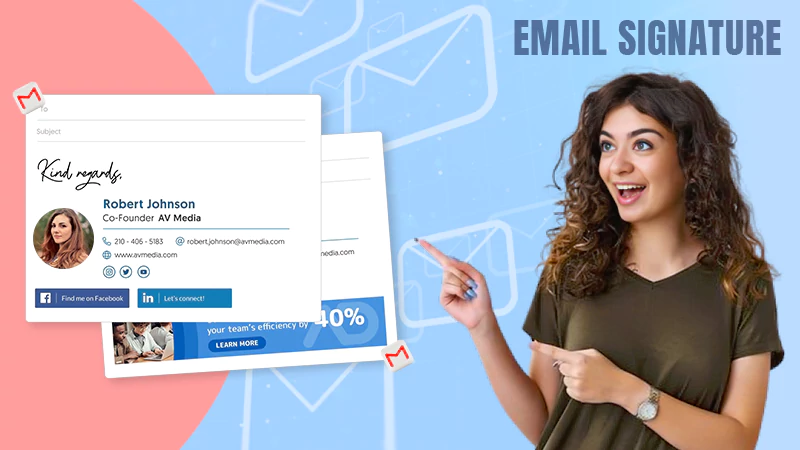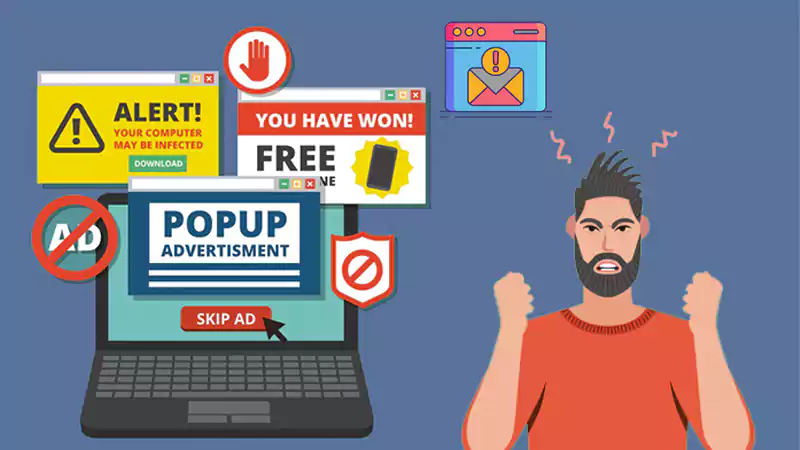Whenever customers contact a service provider, they expect a quick response. A good response time is critical to good customer service. Customers’ satisfaction levels increase with fast responses, making them feel important. Response time is one of the controllable elements that impact customers’ experience and your brand’s reputation.
Here are several techniques that you can use to improve your company’s response rate to build better relationships with your customers.
1. Set Email Automation
It is normal to feel exhausted when pressured to send rapid responses to every customer email. In addition, the quality of responses can be affected when maintaining the quantity of the responses, impacting long-term relationships with customers. Automated response emails are a great solution to the problem. You need to draft an email to be sent automatically that includes
- A thanking note to the customer
- Opening hours of the customer service department
- Important links like FAQs and instruction manuals. This would direct the customers to valuable resources to understand the issue better before you respond
- Average response time to set the expectations upfront about when a customer should receive a response
The email automation process confirms to the customers about the receipt of their concerns, problems, and complaints. This, in return, encourages positive association with the company and plays a pivotal role in email marketing.
2. Real-Time Alerts
No matter how quickly and effectively you respond, some emails can be left behind. Email alerts ensure that you do not lose emails by periodically reminding you of your unanswered emails, especially the priority ones.
3. Draft Email Templates and Text Shortcuts
A lot of customer queries are alike. Drafting an effective email template containing responses to common questions saves time and avoids the hassle of repeatedly writing similar information. Templates can be modified anytime per need as well. All you have to do is prepare a sound professional template, fill in the missing information every time, and you are good to go. Commonly used phrases can also be assigned to shortcuts, significantly reducing the keystrokes required to draft an email response.
4. Service Level Agreements (SLAs)
SLAs are made between service providers and customers in the travel and logistics industries. They inform customers what information or service can be expected and when to expect it from the service provider.
These rules differ for emails received from different groups like suppliers, customers, team leads, other team members, and other departments in the company. The SLA guidelines should set a standard time for an email response, target customers of your industry, and the kind of email it concerns. In return, these guidelines would help generate a quick initial response to ensure the sender of the email that you are working on the request/query.
Some software like outlook email tracker can be used to prepare scheduled reports which identify how many emails have been responded to per SLA and how many are left.
Endnote
Quality of responses matters as much as the quantity of the responses. The latter can be tracked and improved through software, but the former depends on the skills and commitment of the professionals. However, some guidelines can always be followed for effective email writing, which helps structure the email. Consequently, the confidence of the customers in the services increases by receiving effective and quick responses from the service provider by the adoption of software, tools, and techniques.
















